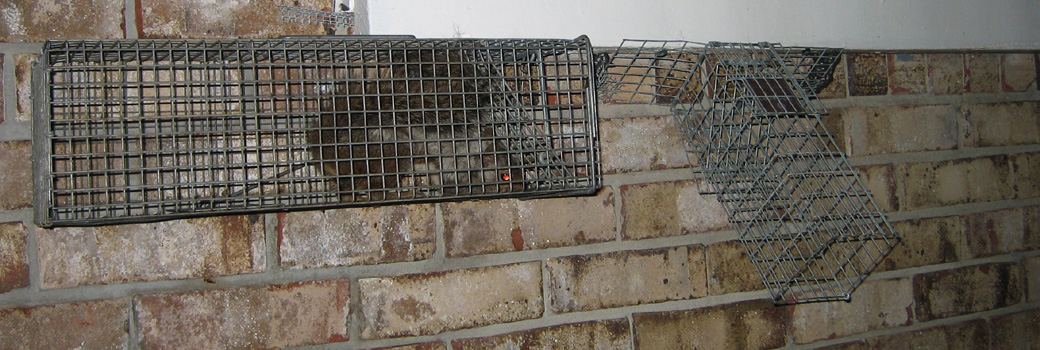- Hampton Roads Educational Article of the Month - About Flying Squirrel
About Flying Squirrel
About Flying Squirrel
Medium sized Hampton Roads squirrel with the ability to fly is referred as flying squirrel and they are mainly found in grassland
and woodland. There are various species of squirrel around the world and they are not endangered however with the loss
of habitat they will soon be listed as the engendered Virginia species. They are mostly found in northern and southern states of
America and Canada.

Appearance
Depending upon the Hampton Roads species their appearance varies, some has brown to grey fur on their back with white stripes on their
belly and some are red. Squirrels are nocturnal mammal with large dark bulging eyes for better vision at night. They have
sensitive long whiskers which make nocturnal travel easier. They have long flattened sturdy tails which assist them while
gliding and maintain balance. They have furry stretchy membranous structure between back and front legs which opens like a
parachute while gliding. Male and female squirrel looks identical.
Diet
Being nocturnal animal Hampton Roads squirrel usually forage for food during night and they have an omnivorous diet. They usually prefer nuts,
incest, berries, slugs, snail, flowers, tree barks and bird egg.
Habitat
Some northern Hampton Roads flying squirrel lives mainly in forest which is either mixed or coniferous while the southern species prefer the
hardwood forest filled with trees like maple, beech, oak and hickory. The largest species of flying squirrel is called the woolly
flying squirrel and the smallest is called the pygmy Virginia flying squirrel.
Flying squirrel does not hibernate in winter and are mostly dynamic between dusk and dawn. They restrict their movement and activity
during winter to preserve the energy as there is scarcity of food. They share their nest or den with other animals like woodpecker or
bats or in large group up to twenty squirrels as they are very sociable Hampton Roads mammal and also help them to stay warm during the cold
weather.
Biology and Life cycle
Early spring and summer is the best time for breeding for these Hampton Roads flying squirrel and they usually breed twice a year. Babies are born
blind and naked but quickly develop fur and begin to glide and forage copying their mother. Their life span depends on mostly where they
are; in wild flying squirrel has an average life span of four to six years whereas in Virginia captivity they can live up to ten to sixteen
years.
Behaviour
Since they are generally smaller in size they have many predators around them from cats, foxes, snakes and different birds of prey-owl,
hawk however their gliding ability help them to escape form these Virginia predators.
To learn more about our services, visit the Hampton Roads wildlife removal home page.

